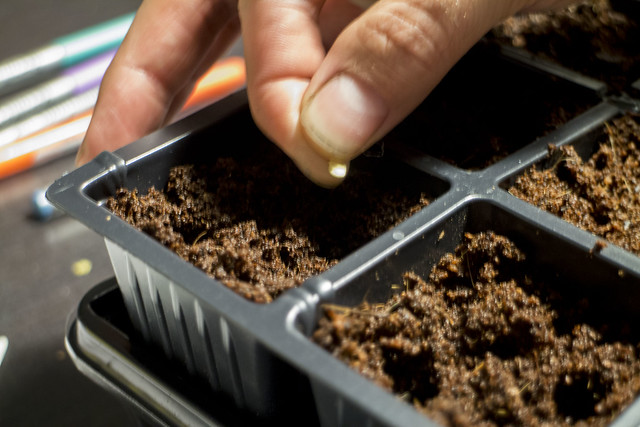Mud Pot Cooking- Forefathers’ Style
 The pot we cook our food in affects the quality of the food both taste and nutrition. Mud pots were used for storing water and cooking food since the dawn of civilization. They were an integral part of traditional cooking and one of the secrets to the delicious taste of dishes.
The pot we cook our food in affects the quality of the food both taste and nutrition. Mud pots were used for storing water and cooking food since the dawn of civilization. They were an integral part of traditional cooking and one of the secrets to the delicious taste of dishes.
 It appears that mud pot cooking is now on a comeback trail and many people are already bringing it into practice. You can spot these traditionally attired Rajasthani women selling clay tavas these days in Hyderabad at every traffic signal.There are many online shops selling them as well and many exhibitions also display these trending cookware.
It appears that mud pot cooking is now on a comeback trail and many people are already bringing it into practice. You can spot these traditionally attired Rajasthani women selling clay tavas these days in Hyderabad at every traffic signal.There are many online shops selling them as well and many exhibitions also display these trending cookware.
Rasams and sambars simmered in an earthen pot taste much better than when they are cooked in metal vessels. They get an earthy flavor which every foodie will die for. Some of the best biryanis are made in mud pots, any Hyderabadi will tell you that. Matka biryani is a chef’s special in many restaurants. Punjabis love to slow cook their sarson da saag in a clay pot to get the authentic taste.
Why mud pots:
- Clay is porous in nature and this permits air and moisture to circulate from the food into the pot.
- The minerals present in the clay get a chance to permeate the food, thus improving the nutrient quality. Doctors say mud pots add calcium, phosphorous and magnesium to the food.
- Clay is alkaline and it neutralizes the acidity of the food, making it more balanced for the body.
- Clay takes longer to heat hence food is slow cooked. This retains the nutrients and natural flavours in the food.
- Cooking in clay pots takes medium heat which makes the micronutrients in the food available.
- It requires less fat/oil to cook food in a clay pot making the food healthier.
- The food stays warm for a long time as the clay pot retains heat for longer.
- The flavour and taste of the food gets enhanced.
- Clay pots are inexpensive and easily available.
After cooking, hand wash the clay pot. Soak it in water to loosen food particles. Scrub with a scouring pad. Don’t use any detergents. Use baking soda or salt if at all you want to get rid of any lingering smells.
Before you try your hand at cooking the way our forefathers did, make sure you do not buy glazed pots as they may be coated with lead or mercury making it a hazardous proposition. Go for the simple unglazed red or black coloured mud pots that are available in the street market. Soak a new pot in water for a few hours to cure it and then start using it. Treat your family to food with the flavor of earth and pat yourself on the back for adding a touch of green to your cooking.
Sujata C

















